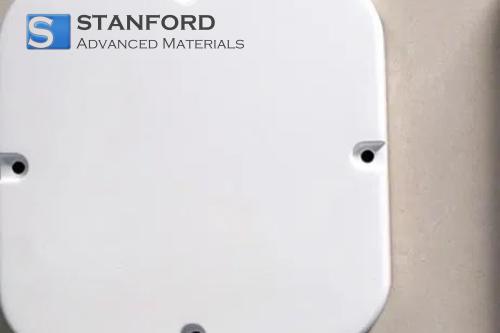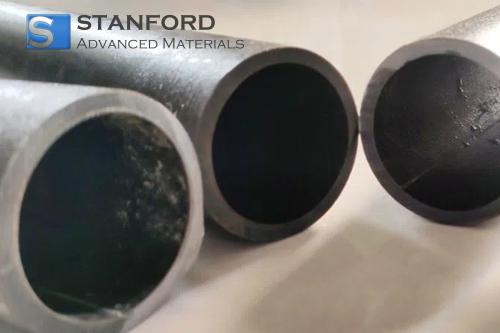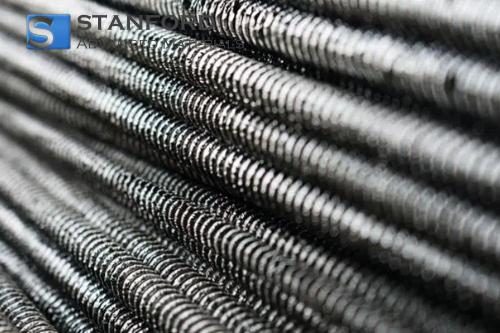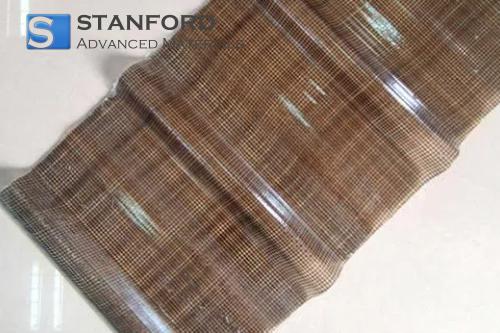Various Niobium Forms In Superconducting And Vacuum Systems
Introduction
Niobium is valued by engineers and scientists for its high purity and corrosion resistance. This article provides an overview of various forms of niobium used in superconducting and vacuum systems.
Niobium Forms and Their Applications
- Foil
Niobium Foil is used in superconducting thin-film circuits. It is also employed as a shielding material in electromagnetic environments. Thin foils enable the production of compact circuits with minimal interference requirements. The high conductivity helps maintain performance across a range of temperatures.
- Plates
Niobium plates are used in superconducting radio frequency cavities utilised in particle accelerators and cryogenic systems. These plates are also used in the manufacture of vacuum flanges and other accelerator components. Given that their strength withstands mechanical loads, they meet the demands of ultra-high vacuum environments.
- Tube
Niobium tubes are frequently used in cryogenic piping. They incorporate helium-cooling channels used to maintain the low temperatures required by superconducting magnets. The smooth interior surface permits efficient liquid flow and reduces the risk of blockages. The tubes are known for their corrosion resistance in cryogenic environments.
- Bars
Niobium bars serve as the starting material for niobium-titanium wires. These wires are used in superconducting magnets for medical imaging devices. The bars also function as structural supports in assemblies. Their performance under heavy loads makes them a preferred material for precision instruments.
- Target
The target form of niobium is generally used for sputtering applications. Superconducting layers based on niobium, such as niobium nitride and niobium-titanium nitride, are produced. These layers are used in thin-film applications where specific performance and durability are required. They are widely employed in modern superconducting electronics.
- Mesh
Niobium mesh is chosen when controlling electromagnetic interference is necessary. The porous structure permits effective vacuum filtration. Its high strength and low mass are advantageous when both minimal weight and efficient shielding are required.
- Crucible
Niobium Crucible is used for melting high-purity alloys under vacuum or inert atmospheres. It is suitable for high-temperature applications that require a contamination-free environment. The design of the crucible ensures that the melt is not exposed to oxidation or unwanted impurities during processing.
Performance Requirements
For effective operation in high-technology systems, niobium must be very pure – generally 99.95% or above. Even minimal impurities can alter its electrical behaviour, particularly in superconducting applications.
A smooth surface is also important. It aids thin-film deposition and reduces gas generation in vacuum systems. This helps ensure that these systems remain clean and stable.
Weldability and machinability are essential. Niobium should be easily formed and joined, thereby allowing engineers to manufacture precise and reliable components.
In vacuum environments, controlling gas adsorption is critical. The stable surface of niobium helps prevent gas release, thereby protecting sensitive equipment.
Case Studies
Numerous high-technology facilities depend on niobium in their critical systems. Particle accelerators at institutions such as CERN and the Spallation Neutron Source utilise niobium components in accelerator cavities and vacuum flanges. This measure ensures stable operation under extreme conditions.
Magnetic resonance imaging devices in hospitals employ superconducting magnets. These magnets are based on niobium-titanium wires derived from high-quality niobium bars. The performance of MRI systems is closely linked to the properties of these materials.
Niobium also benefits quantum information research. Thin-film devices made of niobium are standard components in experimental setups. Their superconducting properties support low-energy, high-speed operation in quantum circuits.
Conclusion
Niobium is indispensable for modern superconducting and vacuum systems. Its combination of high purity, corrosion resistance, low vapour pressure and reliable superconducting properties makes it essential. From foils and plates to tubes, bars, targets, mesh and crucibles, each form meets specific requirements in the high-technology industry. These applications are critical for particle accelerators, medical imaging devices and quantum computers. The performance characteristics and versatility of niobium underpin its role as a key material in advanced technical fields.
Frequently Asked Questions
Q: Why is niobium suitable for superconducting systems?
Q: Its high purity, corrosion resistance, low vapour pressure and reliable superconducting properties.
Q: Why are different forms of niobium used in various applications?
Q: Different forms meet specific requirements in thin-film circuits, vacuum components and cryogenic systems.
Q: How does niobium contribute to the performance of vacuum systems?
Q: It provides a smooth surface, controlled gas release and effective weldability for reliable connections.

 Bars
Bars
 Beads & Spheres
Beads & Spheres
 Bolts & Nuts
Bolts & Nuts
 Crucibles
Crucibles
 Discs
Discs
 Fibers & Fabrics
Fibers & Fabrics
 Films
Films
 Flake
Flake
 Foams
Foams
 Foil
Foil
 Granules
Granules
 Honeycombs
Honeycombs
 Ink
Ink
 Laminate
Laminate
 Lumps
Lumps
 Meshes
Meshes
 Metallised Film
Metallised Film
 Plate
Plate
 Powders
Powders
 Rod
Rod
 Sheets
Sheets
 Single Crystals
Single Crystals
 Sputtering Target
Sputtering Target
 Tubes
Tubes
 Washer
Washer
 Wires
Wires
 Converters & Calculators
Converters & Calculators
 Write for Us
Write for Us





 Chin Trento
Chin Trento



